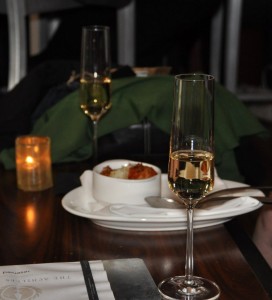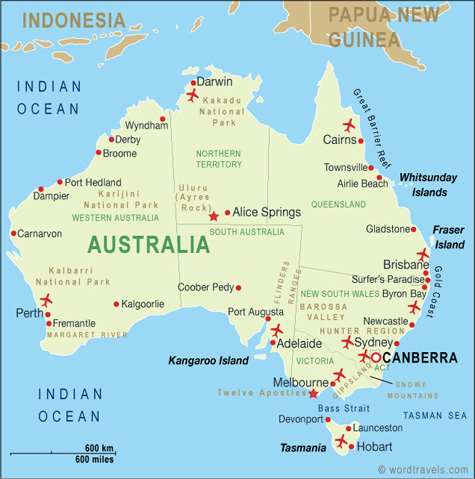Few think of white wines as a winning choice any time of year, let alone now in the heart of winter here in New England. Red wine somehow seems the natural way to soothe the impact of the cold, dark days we experience.
In fact, once we shed our own similar inclinations, we discovered a surprisingly wonderful coping mechanism.
Here’s why adding white wine to your repertoire right now will help assuage your winter woes:
1. Dry Air Begs for a Palate Pick-Me-Up
If you’re like us, you’re heading for the water cooler on the regular. Nothing seems to quench your thirst. Guess what? Many white wines can. Add a little zip to your regularly scheduled wine-down and you can refresh your taste buds (and your spirits) with the natural burst of mouthwatering acidity whites are best known.
2. Hearty Fare Hearts Robust Wines
The importance of texture should not be underestimated either. Just as you reach for that soft, cozy blanket to wrap yourself up in, many white wine styles offer the same satisfaction. Here we're talking about wines that have a touch of heft, and can be deemed oily, or fleshy.
Why?
Robust whites complement the weight of heartier fare. Think Chowder or thicker soups like pumpkin, cauliflower, butternut squash, etc. Gratin potatoes. A tangy, goat-cheese quiche. Monkfish or Swordfish. Chicken casserole. Even an old-school (or re-imagined, newer school) Mac & Cheese.
You get the idea. Just be sure the weightier wine you select also has that essential acidity we talked about above, too. You’ll need that element to cut through the fat of such bold dishes.
3. Winter Helps Ensure Whites are Enjoyed at the Right Temp
One guest at an event we hosted said oh-so-sagely, he feels “whites have to work harder to woo” him. When he tasted the white wine flight we had curated, he mused at how much more depth the wines had – he could taste their nuance.
So often whites are served way too cold. Whites show more layers of aromas and flavors when they are served at the ideal 50ish degrees Fahrenheit. And in New England many of us are blessed with enclosed vestibules or unfinished cellars that naturally ensure wines are stored, and then easily served, at the right temp. You don’t have to fuss with the fridge. Nature works to your logistical advantage. Meanwhile you’re able to discover what so many whites really have to offer.
Certainly white wine is a huge category, just as red wine is. The winter simply proves an unsuspecting time to explore the possibilities.
Satiate your cravings for comfort food, resuscitate your senses and otherwise bring life back to your body and soul by giving whites the chance they deserve this winter!





 This week Decanter "wins" for the most captivating wine news. Tune into these fast-paced articles over your morning coffee. These headlines are sure to get you sailing right into your weekend!
Here's a preview:
This week Decanter "wins" for the most captivating wine news. Tune into these fast-paced articles over your morning coffee. These headlines are sure to get you sailing right into your weekend!
Here's a preview: Folks have been coming by the shop with great gusto for warmer temps; and they have been seeking out red wines for the occasion! No, we're not just talking about "BBQ wines". We're talking about wines to sip and enjoy with or without a meal while you sit on your porch watching the sun go down.
Today I'm going to share some lesser known varietals or unique regional offerings (hybrids or blends) perfect for just such an occasion. Your mission, should you choose to accept it, is taking this list (or a modified version, as you see fit) to your local shop to see which offerings they have on offer. These are some cool wines to keep your summer fresh - but they aren't necessarily available at every shop. They are, no less, worth seeking out.
Folks have been coming by the shop with great gusto for warmer temps; and they have been seeking out red wines for the occasion! No, we're not just talking about "BBQ wines". We're talking about wines to sip and enjoy with or without a meal while you sit on your porch watching the sun go down.
Today I'm going to share some lesser known varietals or unique regional offerings (hybrids or blends) perfect for just such an occasion. Your mission, should you choose to accept it, is taking this list (or a modified version, as you see fit) to your local shop to see which offerings they have on offer. These are some cool wines to keep your summer fresh - but they aren't necessarily available at every shop. They are, no less, worth seeking out.
 And... she's back! And I haven't let the jetlag from my trip to Istanbul and Cyprus slow me down a bit. Afterall, I have your needs first! I launched right into tasting season here in Beantown on Wednesday afternoon, spitting so you don't have to. Being out in the "field" does challenge a girl to stay on top of other wine related news. But in the fray, I found something this week I thought might be interesting for us to banter about: oenolgoical research.
A few weeks ago I posted about
And... she's back! And I haven't let the jetlag from my trip to Istanbul and Cyprus slow me down a bit. Afterall, I have your needs first! I launched right into tasting season here in Beantown on Wednesday afternoon, spitting so you don't have to. Being out in the "field" does challenge a girl to stay on top of other wine related news. But in the fray, I found something this week I thought might be interesting for us to banter about: oenolgoical research.
A few weeks ago I posted about  You've heard me talk about Syrah here and there over the months. This is because I'm a huge fan of
You've heard me talk about Syrah here and there over the months. This is because I'm a huge fan of